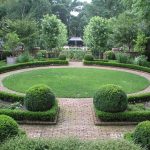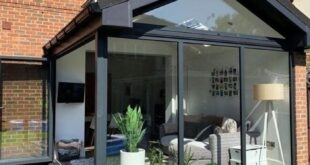Creating a sustainable and eco-friendly landscape design is not only good for the environment, but also for your wallet. By incorporating sustainable practices into your landscape design, you can reduce your energy consumption, save water, and create a healthier outdoor space for you and your family to enjoy. Here are some tips on how to create a sustainable and eco-friendly landscape design:
1. Use native plants: Native plants are adapted to the local climate and soil conditions, making them more resistant to pests and diseases. They also require less water and maintenance compared to non-native plants. By using native plants in your landscape design, you can create a low-maintenance and water-efficient garden that supports local wildlife.
2. Reduce lawn area: Lawns require a lot of water, fertilizers, and pesticides to maintain their lush appearance. By reducing the size of your lawn and replacing it with native plants, trees, and shrubs, you can create a more sustainable and eco-friendly landscape design. Consider using permeable surfaces like gravel or pavers for walkways and driveways to reduce water runoff and improve soil health.
3. Collect rainwater: Harvesting rainwater is a great way to reduce your water consumption and save money on your water bill. Install rain barrels or a rainwater harvesting system to collect rainwater from your roof and use it to water your plants and garden. This will not only help you save water, but also reduce stormwater runoff and protect local waterways from pollution.
4. Compost organic waste: Instead of throwing away your yard waste, leaves, and kitchen scraps, compost them to create nutrient-rich compost for your garden. Composting is a natural way to recycle organic matter and enrich your soil, reducing the need for chemical fertilizers and improving soil health. Use compost as mulch to retain moisture, suppress weeds, and feed your plants.
5. Use eco-friendly materials: When designing your landscape, choose sustainable and eco-friendly materials like reclaimed wood, recycled plastic lumber, and permeable pavers. Avoid using treated wood, synthetic fertilizers, and pesticides that can harm the environment and pollute water sources. Consider using natural stone, bamboo, and recycled glass for hardscaping elements like patios, retaining walls, and walkways.
6. Install energy-efficient lighting: Use LED or solar-powered lights in your landscape design to save energy and reduce your carbon footprint. LED lights are more energy-efficient and last longer than traditional incandescent bulbs, while solar lights harness the power of the sun to illuminate your outdoor space at night. Install motion sensors or timers to control the lighting and save even more energy.
Creating a sustainable and eco-friendly landscape design is not only beneficial for the environment, but also for your health and well-being. By incorporating native plants, reducing lawn area, collecting rainwater, composting organic waste, using eco-friendly materials, and installing energy-efficient lighting, you can create a beautiful and sustainable outdoor space that supports biodiversity, conserves resources, and reduces your ecological footprint. Start small and gradually make changes to your landscape design to create a more sustainable and eco-friendly outdoor environment for you and future generations to enjoy.
 decorafit.com Design ideas for your home and patio
decorafit.com Design ideas for your home and patio
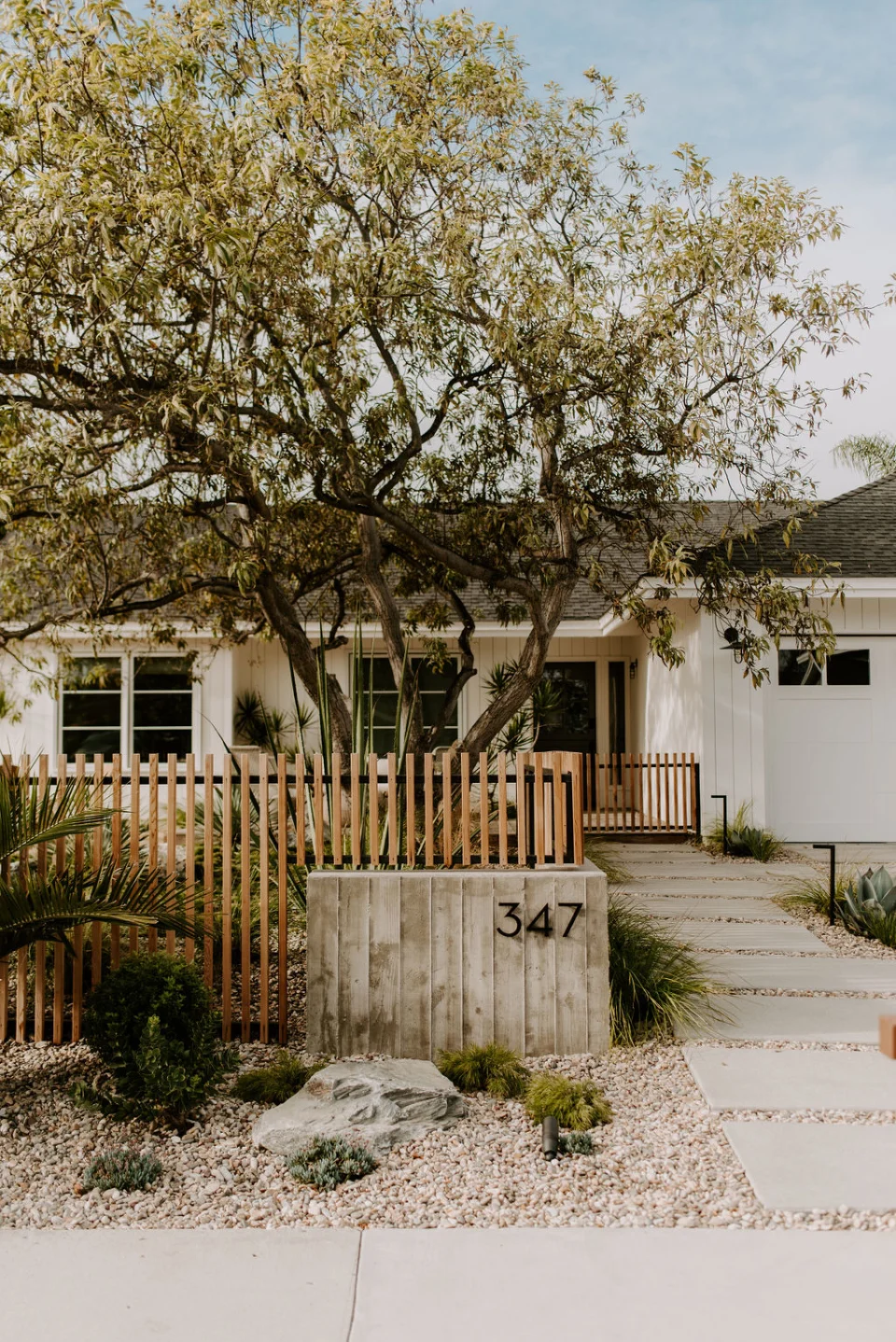
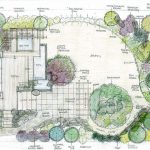
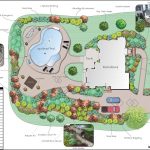

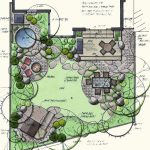

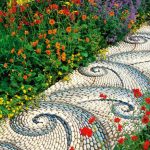
![landscape designs design scope[edit] YIZAAPM](https://decorafit.com/wp-content/uploads/2017/08/landscape-designs-design-scope[edit]-yizaapm--150x150.jpg)

